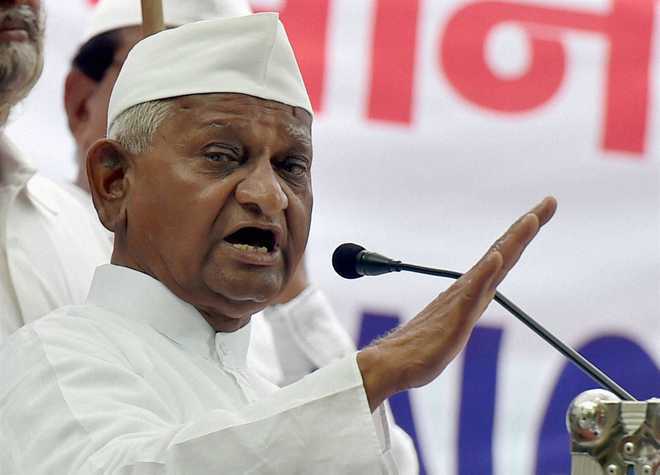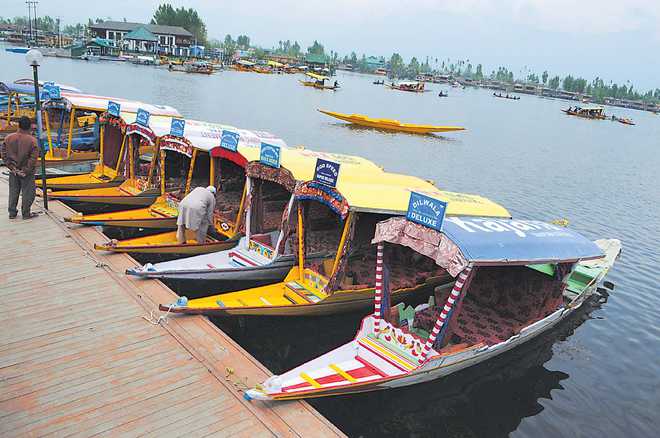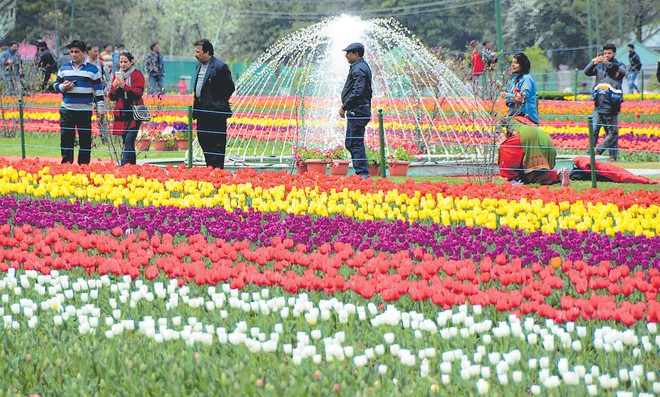Rostec, the maker of AK-47 assault rifles and MiG fighter jets, plans to will focus on selling more to India, Indonesia to become one of the world’s top 5 defence firms within a decade

Hong Kong: Asia is a key part of Moscow-based Rostec State Corp.’s plan to become one of the world’s top five defence companies within a decade, according to a senior executive.
Rostec, whose units account for about 70% of Russia’s defence industrial base and include AK-47 assault rifles and MiG fighter jets, will focus on selling more to countries including India, Indonesia, Thailand and the Philippines, Viktor Kladov, Rostec’s director for international cooperation, said in an interview conducted by email on 24 March.
Russia is attempting to diversify its economic, diplomatic and security ties throughout Asia and the Middle East, partly to overcome sanctions imposed by the European Union and US over the Ukraine crisis. Capturing a bigger slice of rising defence budgets in Asia — and market share from competitors in the US, Europe and China — fits with that strategy. US sanctions specifically target Rostec and subsidiaries.
“I believe that we can manage this work,” Kladov said, while attending the Langkawi International Maritime and Aerospace Exhibition in Malaysia. “Countries are increasingly striving to get access to technologies so as to be able to organize domestic production, and not to depend solely on imports. All this is potentially a vast business volume — this is a worldwide trend.”
China competition
Russia’s ambitions in Asia will put it head-to-head with China, one of its biggest customers and increasingly a competitor as it attempts to establish itself as an arms supplier. China, which used to rely on selling copies of Russian weapons systems, is starting to develop more advanced equipment.
“Since the Russian economy isn’t doing so well, arms exports are a very attractive way to make money, so I am not surprised that they are really aggressive when trying to push their arms exports, particularly in Asia,” said Richard Bitzinger, who studies the military as a senior fellow at the S. Rajaratnam School of International Studies in Singapore. “They may have isolated successes, but they are far from being the supplier of choice.”
Rostec was set up a decade ago when Sergey Chemezov, who was running Russia’s largest arms producer, persuaded the government to bring state-owned assets under a single conglomerate. The company now owns businesses from producers of vaccines to the country’s largest passenger-car maker and had about $22 billion of revenue in 2016.
Putin ally
Chemezov is close to President Vladimir Putin, with links that date back to the 1980s. During Putin’s days as a KGB officer, they lived in the same apartment complex in Dresden, Germany. He is among an inner circle of Russian officials that the US has sanctioned in retaliation over the Ukraine conflict.
To reach the top five defence firms globally — up from the top 10 now — Rostec aims to increase revenue measured in rubles by an average of 17% a year until 2025. Some areas, such as electronics and information technology, are targeting growth of as much as 22.5%, Kladov said.
Defence accounts for 70% of Rostec’s revenue, according to figures supplied by the company, which isn’t listed and releases a limited amount of data. It didn’t provide revenue figures for Asia. Here’s a round-up of Rostec’s activities in the region:
India
Rostec expects to sign a contract with India for the co-production of about 200 Ka-226T helicopters, Kladov said without giving a time frame. The company also hopes to get approval this year for four frigates: two built in Russia and two in Indian shipyards with a transfer of Russian technology. Rostec has already licensed the production of T-90 battle tanks and multi-functional SU-30MKI fighters to Indian partners.
Nitin Wakankar, a spokesman for India’s defence ministry, said he had no comment because the negotiations with Russia aren’t yet public.
Indonesia
Kladov said Indonesia represents “a vast potential for cooperation.” He reiterated his prediction that the government would sign a contract for delivery of Su-35 fighter jets, after which the two sides would work on naval projects and sales of both helicopters and Be-200 amphibious aircraft to fight wildfires. Indonesian Air Force spokesman Jemi Trisonjaya said the defense ministry hasn’t decided on the vendor or the budget to replace a squadron of F-5E Tiger jet fighters.
Thailand
In Thailand, Rostec is trying to break into an arms market that has been traditionally dominated by the US and Europe, because its officers mostly studied in American academies, Kladov said. Rostec plans to deliver four military transport Mi-17V-5 helicopters to Thailand later this year, which Kladov predicted would lead to further sales “provided that financing is available.”
He also saw scope to cooperate in combat aircraft, naval machinery and the civil market, citing last year’s sale of two Russian Sukhoi Superjet 100 LR planes mainly for use by the Thai Royal family. Defence ministry spokesman Kongcheep Tantravanich couldn’t be reached on his cell phone.
Philippines
In the Philippines, President Rodrigo Duterte has repeatedly questioned his country’s decades-old military alliance with the US and signalled his willingness to buy Russian and Chinese weapons. His government has provided Rostec a “wish-list”’ of arms it seeks to purchase, Kladov said, adding that Russian commercial or state financing could be considered. Philippine defence secretary Delfin Lorenzana didn’t immediately respond when asked about plans to procure Russian arms. In 2007, Russia extended a $1 billion credit facility to Indonesia for purchasing Russian-made military equipment. Bloomberg





























































 REUTERS FILE
REUTERS FILE
 HT PHOTO
HT PHOTO






















































